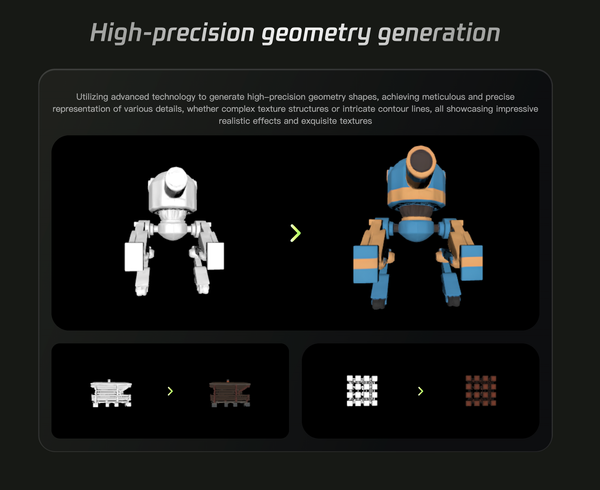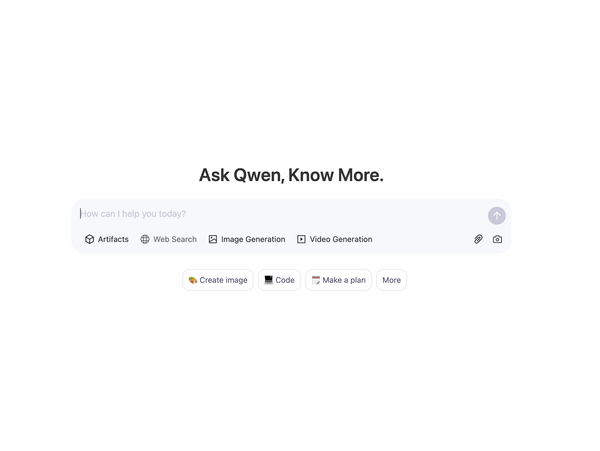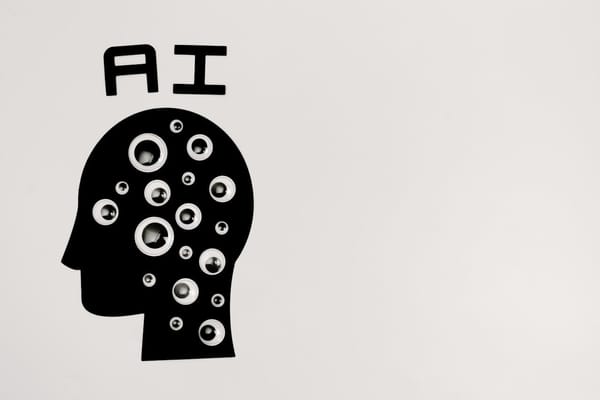Build A Medical Chatbot From Scratch Using Web Scraping & NLP
Are You Truly Ready to Put Your Mobile or Web App to the Test?
Don`t just assume your app works—ensure it`s flawless, secure, and user-friendly with expert testing. 🚀
Why Third-Party Testing is Essential for Your Application and Website?We are ready to test, evaluate and report your app, ERP system, or customer/ patients workflow
With a detailed report about all findings
Contact us nowTable of Content
Developing a chatbot might appear challenging, especially if you’re aiming to deploy it in a healthcare context. It’s a process encompassing expertise in areas like web scraping and Natural Language Processing (NLP).
However, by breaking down the process and understanding each step thoroughly, it is completely achievable. So let’s navigate you through key steps to build your own functional, automated support solution.
Understanding the Basics of a Medical Chatbot
A medical chatbot is a cutting edge solution that uses AI to communicate with patients as part of a central portal, answering health-related questions and even performing administrative tasks. The idea may sound complex at first glance but stripping it down to basics provides clarity.
Essentially, a chatbot is programmed to converse like a human about healthcare topics. Its functionality heavily relies on two important technologies known as web scraping and NLP. Understanding these fundamental components will be your first step in building one from scratch.
Exploring Web Scraping and Its Role in Gathering Data
Web scraping, also known as data extraction or harvesting, is the process of collecting information from websites. Just imagine a tool that goes through numerous web pages to fetch the desired data - this is precisely what web scraping does.
In the context of a medical chatbot, it can be used to collect enormous quantities of health-related information scattered across various online platforms. The ability to aggregate such varied and rich dataset forms the backbone for our bot's knowledge base which it will draw on when interacting with users.
Introduction to Natural Language Processing for Healthcare Solutions
One of the key elements in crafting a robust medical chatbot is leveraging NLP. But what exactly is it? Simply put, it’s a branch of AI that refers to the interaction between humans and machines using a natural language, and is one of several technologies that are advancing medicine right now.
NLP empowers our chatbot not just to understand text input by users but also respond intelligently. In healthcare, this means interpreting patient queries, detecting their symptoms or concerns, providing suitable advice or routing more complex issues to healthcare professionals. It should go without saying, but mastering this technology will be critical for your bot's success.
Step-by-Step Process: Building Your Own Medical Chatbot
Before diving into creating your medical chatbot, it's essential to grasp the typical process involved. Here is a simplified blueprint:
- Preparing Data with Web Scraping: Begin by defining what kind of healthcare information your bot needs to answer various queries. Then use a trustworthy web scraping tool like ZenRows API for efficient data collection from relevant sources.
- Designing Conversation Flow: Map out how the bot will manage different conversation paths using flowchart tools such as Lucidchart or draw.io for conceptual clarity.
- Implementing NLP Techniques: Once conversational design is finalized, use libraries like NLTK or services like Google Cloud NLP to parse user inputs, comprehend context and generate appropriate responses.
- Token Testing & Improving Responses: Proceed to test run your chatbot in a controlled setting first, and collect feedback to make improvements where required, using solutions like Botium Box for automated testing.
- Going Live & Continuous Learning: Launch your ready product but ensure it keeps learning from each new interaction to improve its future performance.
Remember, building a reliable medical chatbot involves constant tweaks and developments, but choosing precise tools such as these can simplify this complicated process significantly.
Innovative Techniques to Leverage NLP & Web Scraping Together
Naturally, web scraping and NLP play crucial roles in a medical chatbot’s workings. However, optimizing how these two functions interact can greatly enhance your bot's overall performance. Here are some innovative techniques:
- Data Normalization: Cleaning data gathered through web scraping is essential before using it for NLP tasks. This includes removing unwanted spaces, special characters or correcting typos.
- Data Classification: Sorting scraped health information into various categories like symptoms, diseases or treatments helps in efficient data retrieval during conversations.
- Using Named Entity Recognition (NER): An advanced NLP technique that seeks and categorizes specific entities from input text which assists the bot in responding more contextually.
In creatively merging these tools together, you're not just building a simple response-driven chatbot but one that provides curated and dependable healthcare information.
Ensuring Successful Implementation, Maintenance, and User Engagement with Medical Chatbots
Creating a medical chatbot takes careful planning. Nonetheless, successful implementation demands just as much attention. Some strategies to consider:
- User Training: Ensure users understand how to interact effectively with your bot by providing clear instructions or demonstration.
- Regular Updates: Keep the bot’s knowledge base updated regularly using automated web scraping techniques for enhanced reliability of information provided.
- Feedback Mechanisms: Implement effective feedback mechanisms. This not only helps identify areas needing improvement but also encourages user engagement.
Moreover, maintaining your bot involves ongoing observation and improvements based on usage patterns and advancements in NLP technology. Ensuring optimal implementation and maintenance routines coupled with proactive efforts for enhancing user interaction means you're sure to build a bot that truly resonates with its ideal audience.
Wrapping Up
There’s no denying that hard work is required to set up a medical chatbot. But once it is ready for the big time, it will be a real boon, so get working now, and you’ll reap the rewards sooner.











